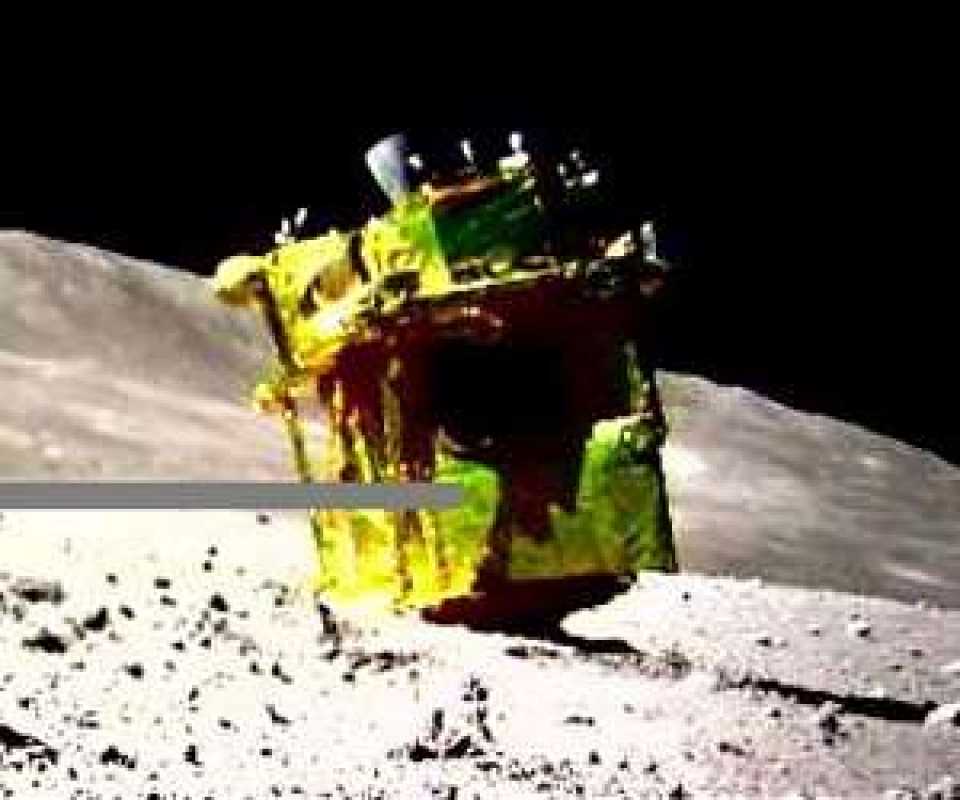Tech
Japanese Lunar Lander Attempts Revival After Second Lunar Night

Japan‘s exploration of the moon has taken an intriguing turn as the country’s space agency, Japan Aerospace Exploration Agency (JAXA), endeavors to revive the Smart Lander for Investigating Moon (SLIM) after enduring a second bone-chilling lunar night.
The SLIM, which initially landed on the moon in January, faced a setback due to its tilted angle, rendering its solar panels ineffective. In a surprising reawakening following the recalibration of its positioning with the sun, SLIM conducted essential scientific studies at a crater using its high-spec camera.
However, the harsh conditions of the lunar night, with temperatures plummeting to a chilling minus 133 degrees, forced the spacecraft into a dormant state in early February. After a brief period of awakening, SLIM was once again put to rest in March to prepare for its revival.
JAXA expressed hope that there would be adequate sunlight reaching SLIM’s solar cells for a successful reactivation. Despite the uncertainty due to the extreme temperatures the craft endured, the project team initiated operations to restart SLIM post the lunar night, aiming to bring it back online by the evening.
On a somber note, the uncrewed American lander, Odysseus, became unresponsive even after the optimistically projected sunlight exposure, impacting its radio functionality. Japan’s SLIM, often referred to as the “Moon Sniper” for its precision landing abilities, landed flawlessly in its designated area on January 20, marking a significant milestone for Japan’s space program after several recent setbacks.
The successful landing made Japan the fifth country to achieve a soft landing on the moon, following the United States, the Soviet Union, China, and India. The primary objective of the SLIM mission is to investigate a segment of the moon’s mantle, a region typically inaccessible, holding promise for significant discoveries.
Meanwhile, as Japan makes strides in lunar exploration, NASA is gearing up to send astronauts back to the moon later in the decade. Collaborating with international partners, the U.S. aims to establish sustainable habitats on the moon, tapping into polar ice reserves for essentials like drinking water, with an eye towards potential future missions to Mars and beyond.












